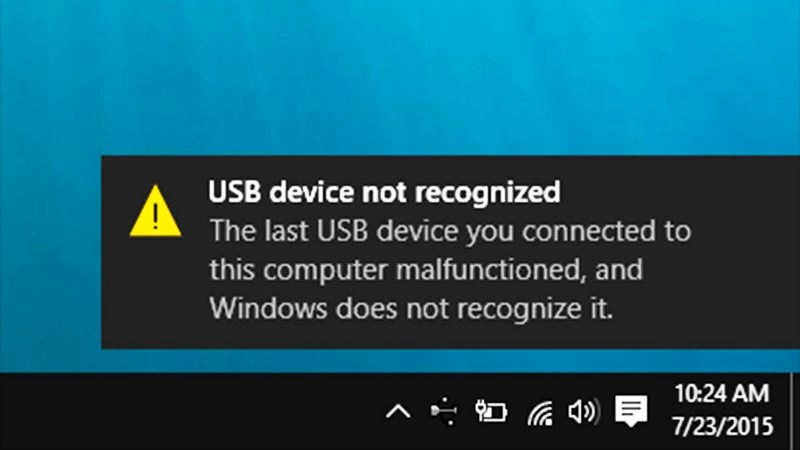External file sharing is a critical component of modern business operations, enabling seamless collaboration and efficient workflow management. However, as convenient as it is, external file sharing can also pose significant risks if not handled correctly. By being aware of common mistakes, you can take proactive steps to avoid them and ensure your data remains secure. In this article, we’ll explore some of the most frequent pitfalls and how to steer clear of them.
Ignoring Encryption
One of the biggest mistakes organizations make is neglecting to use encryption when sharing files externally. Encryption ensures that your data remains confidential and inaccessible to unauthorized users. Without it, sensitive information can easily be intercepted during transit. Always use encryption protocols, such as SSL/TLS for data in transit and AES for data at rest, to safeguard your files.
Poor Access Controls
Another common error is failing to implement proper access controls. It’s essential to restrict file access to only those who need it. Many businesses fall into the trap of granting broad access, which can lead to data breaches if unauthorized users gain entry. Use role-based access control (RBAC) to assign permissions based on job functions and regularly review access logs to ensure compliance.
Sharing via Insecure Platforms
Choosing the wrong platform for file sharing can expose your data to unnecessary risks. Many popular file-sharing services lack robust security features, making them unsuitable for handling sensitive information. Avoid using public file-sharing services for business purposes and opt for secure, enterprise-grade solutions that offer advanced security features like two-factor authentication and end-to-end encryption.
Underestimating the Importance of User Authentication
An often overlooked but crucial aspect of secure external file sharing is user authentication. Ensuring that only authorized individuals can access shared files is paramount. Weak or non-existent authentication protocols can leave your data vulnerable to unauthorized access. Implementing strong authentication methods, such as multi-factor authentication (MFA), can significantly bolster your security posture. MFA requires users to provide two or more verification factors to gain access, making it much harder for malicious actors to breach your system. Regularly update authentication protocols and educate your users on the importance of using strong, unique passwords. By prioritizing robust user authentication, you add an essential layer of protection to your external file-sharing practices.
Lack of Training and Awareness
Employees often inadvertently cause security breaches due to a lack of training and awareness. If your team isn’t educated on secure file-sharing practices, they’re more likely to make mistakes. Conduct regular training sessions to keep your staff informed about the latest security protocols and best practices for external file sharing. Make it a part of your company culture to prioritize data security.
Overlooking Compliance Requirements
In many industries, there are strict regulatory requirements governing data sharing and protection. Ignoring these regulations can result in hefty fines and legal repercussions. Ensure that your file-sharing practices comply with relevant laws, such as GDPR, HIPAA, or CCPA. This involves understanding what data can be shared, with whom, and under what circumstances. Regular audits can help maintain compliance and identify areas for improvement.
Failing to Monitor and Audit File Sharing Activities
Without proper monitoring, it’s impossible to know who is accessing your files and how they are being used. Failing to audit file-sharing activities can leave you blind to potential security threats. Implement a robust monitoring system that tracks file access and usage. Regularly review audit logs to detect any unusual activities and respond promptly to potential security incidents.
Not Having a Backup Plan
Lastly, neglecting to have a backup plan can be disastrous. Data loss can occur due to various reasons, such as accidental deletion, hardware failure, or cyberattacks. Always have a backup strategy in place to ensure that your files can be recovered in case of an emergency. Regularly back up your data and test the restoration process to ensure its effectiveness.
Avoiding Common Mistakes
External file sharing is indispensable in today’s digital landscape, but it comes with its own set of challenges. By avoiding these common mistakes—such as ignoring encryption, implementing poor access controls, using insecure platforms, lacking employee training, overlooking compliance, failing to monitor activities, and not having a backup plan—you can significantly enhance your data security. Remember, the key to safe file sharing lies in vigilance, education, and the implementation of robust security measures. By taking these steps, you can ensure that your file-sharing practices are both efficient and secure, allowing your business to thrive in a connected world.








